The Osprey: Protecting Wild Fish in Oregon’s Tillamook-Clatsop State Forests
Fall is coming on and with it the fall Chinook salmon run. Spring Chinook are in the rivers on their spawning beds and the coho are not far behind. It’s a time of year when anglers and hikers along Pacific Northwest streams and rivers can stop for awhile and watch one of Nature’s miracles unfold before them.
This issue is also about spawning in a certain sense. Our cover story on the campaign to protect the extremely productive salmon and steelhead streams in the Tillamook and Clatsop state forests on Oregon’s North Coast by Bob Rees and Chris Smith focuses much of its attention on ensuring that high-quality spawning habitat remains that way in the face of threats, especially proposals for increased logging.
ALSO IN THIS ISSUE
• TILLAMOOK-CLATSOP FORESTS
• CHAIR’S CORNER: SALMON REFUGES
• RIVER RECOVERY AFTER DAM REMOVAL
• WHITE SALMON RIVER COMEBACK
• UMPQUA BASIN WILD FISH
Our other two big articles in this issue focus on dam removal, where opening miles of formerly cut-off fish spawning habitat is a primary benefit. Critics of dam removal often charged that taking out those structures would do more harm than good, sending tons of sediment downstream to the detriment of fish habitat. But author Desireé Tullus and her colleagues have found that rivers can actually recover very quickly after dams are removed as she describes in her article. To prove the point, fish biologist Jeanette Burkhardt tells us how the fish are doing in the White Salmon River four years after Condit Dam was removed, and while recovery is slow, it’s happening.
Meanwhile the wild salmon and steelhead runs return to the rivers each year, and it’s our job to ensure they always have a place to spawn.


